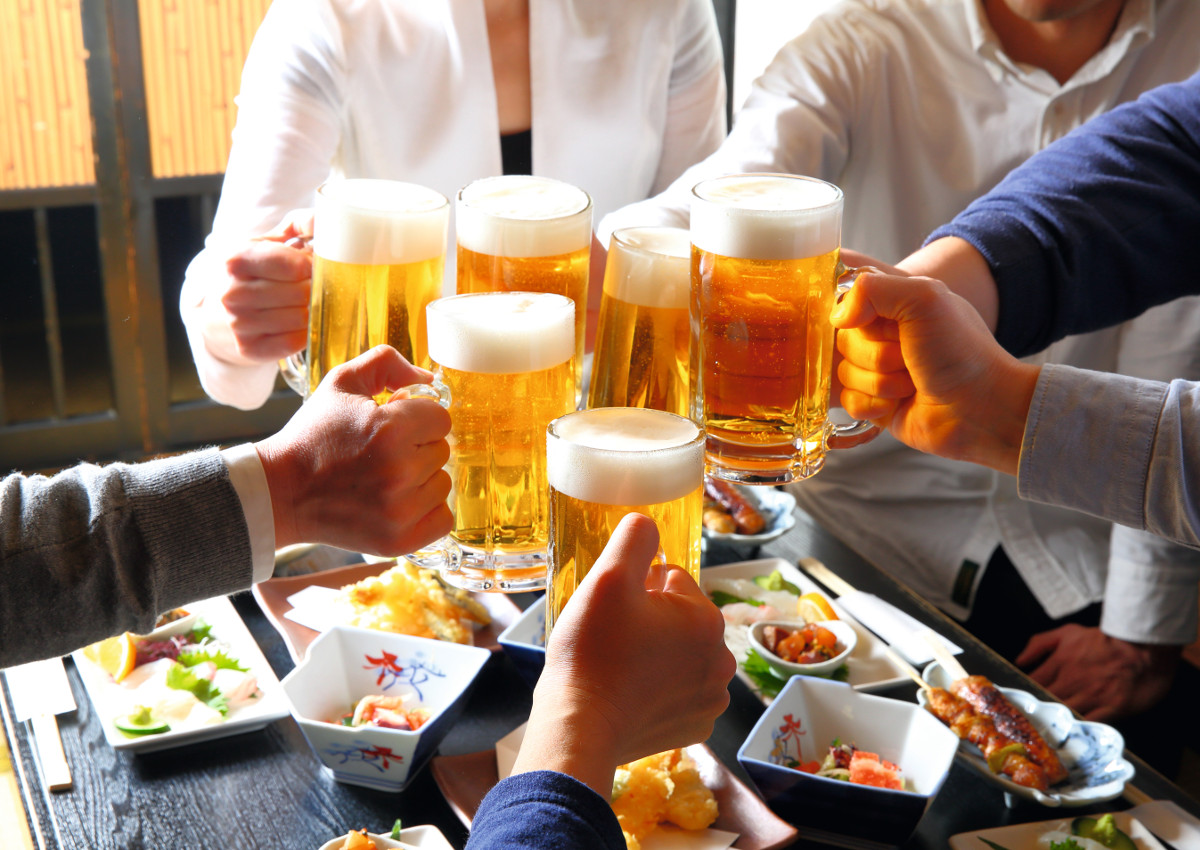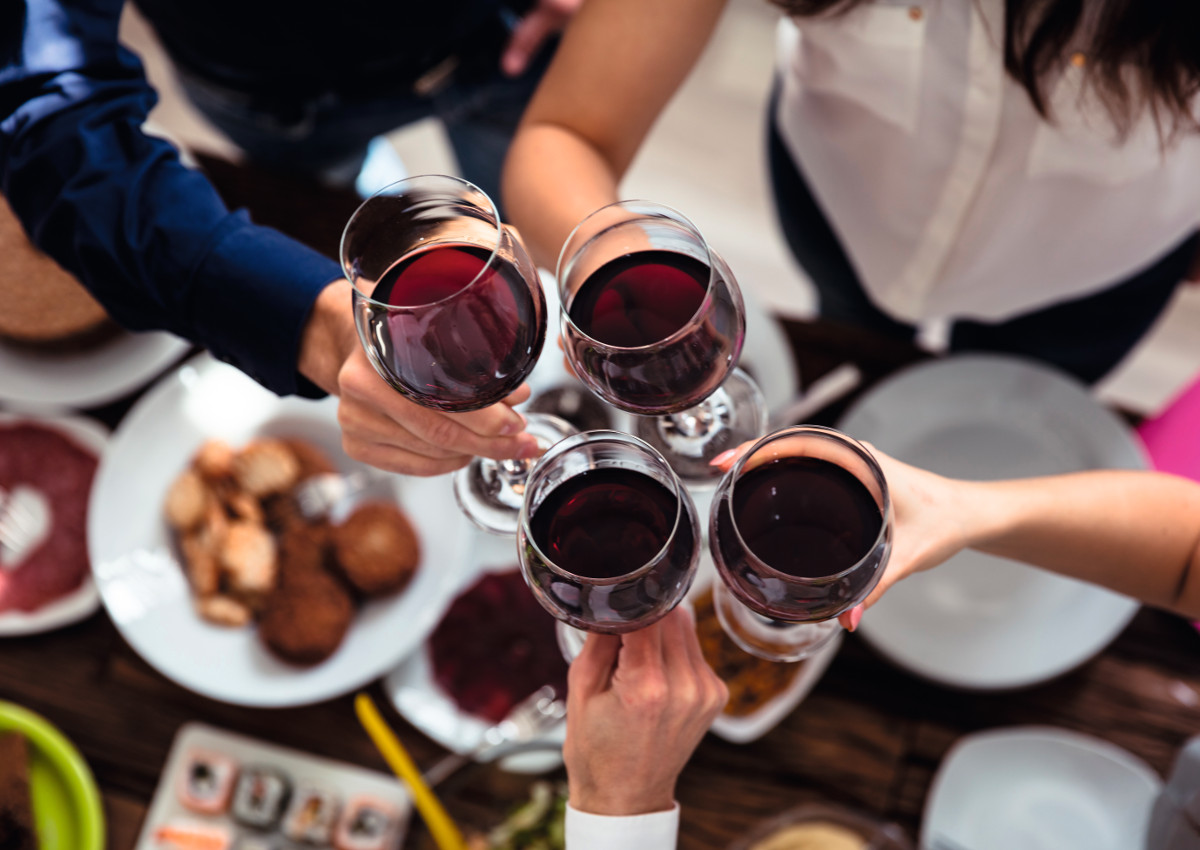The wellness trend is changing the beverage industry, from mineral waters to drinks and spirits. As consumers are very focused on health, producers are innovating their products to reduce the presence of calories, carbs and sugar. Over the past decade, Italian producers of non-alcoholic beverage reduced by 22.5% the number of calories and by 20% the amount of sugar, according to Assobibe. Campaigns to reduce obesity have had an impact also in the United States, where consumers have become more selective and demanding. Italy is leading the way in innovation in mineral waters and sodas, especially in the premium category for foodservice as well as retail. US sales of waters imported from Italy grew 30.7% to 44.9 million dollars in the first two months of 2018 from the previous year.
TOO MUCH TO DRINK
The changing society has led to a deceleration in beverage sales in the United States, especially for big brands and alcoholic drinks. This is also the result of a booming availability of artisanal, innovative beverages such as beers. According to Nielsen research, the number of beers available continues to grow in the US market (1,398 at the end of 2017 compared with 1,336 in 2014). Also, more premises sell alcohol in America (up by more than 100,000 between 2007 and 2017), outpacing population and sales growth, Nielsen said. But there are also opportunities. The brands who are innovating their packaging, communicating their values better and the retailers with fresh ideas have benefited from the changing consumer behavior.

FROM YOGA CLASS TO CASUAL DRINKS
The growth of alcoholic drinks consumption is growing in casual dining and conventional convenience, while declining in fine dining, Nielsen said. New spots such as breweries and wine tasting rooms have become very popular among the 21-39 year olds. A survey among US on-premise drinkers showed that those who visited a brewery increase by 61% from the previous year. Also, 30% of consumers said they want to try something new, 56% demand a more extensive beer selection and 38% want more specialty beer, the research firm said. Demand for new places and wellness has led some retailers to offer a unique experience, with breweries offering yoga classes on site. Low-calorie, low-carb energy drinks can be found at wellness centers, giving a boost to sales.
THE INFLUENCE OF PACKAGING
“Among hundreds of offerings, is the package quickly grabbing consumers’ attention? Once a consumer notices a package, do they feel compelled to give it a try?” Nielsen said in a report. The question is yes when the package is cool but informative. In the consumer packaged goods category, Millennials are more open to alternative products than older generations. The ratio, according to Nielsen, is 68% against 54%, respectively. The gap is even wider when they buy alcoholic drinks. But as new generations come in, it’s important to differentiate between age groups. While older Millennials prefer beer and wine, the younger like to drink ciders and spirits, Nielsen said.

PREMIUM MATTERS
Products with appealing packages are often associated with premium quality, especially among Millennials. The trend has prompted many brands to redesign bottles and cans to speak to this new generation of health-conscious, adventurous consumers. In the non-alcoholic sector, beverage launches with fermented ingredients have increased at an annual rate of 29%, according to new research by Symrise. Ingredients such as kombucha are particularly popular among Millennials, according to Symrise.

